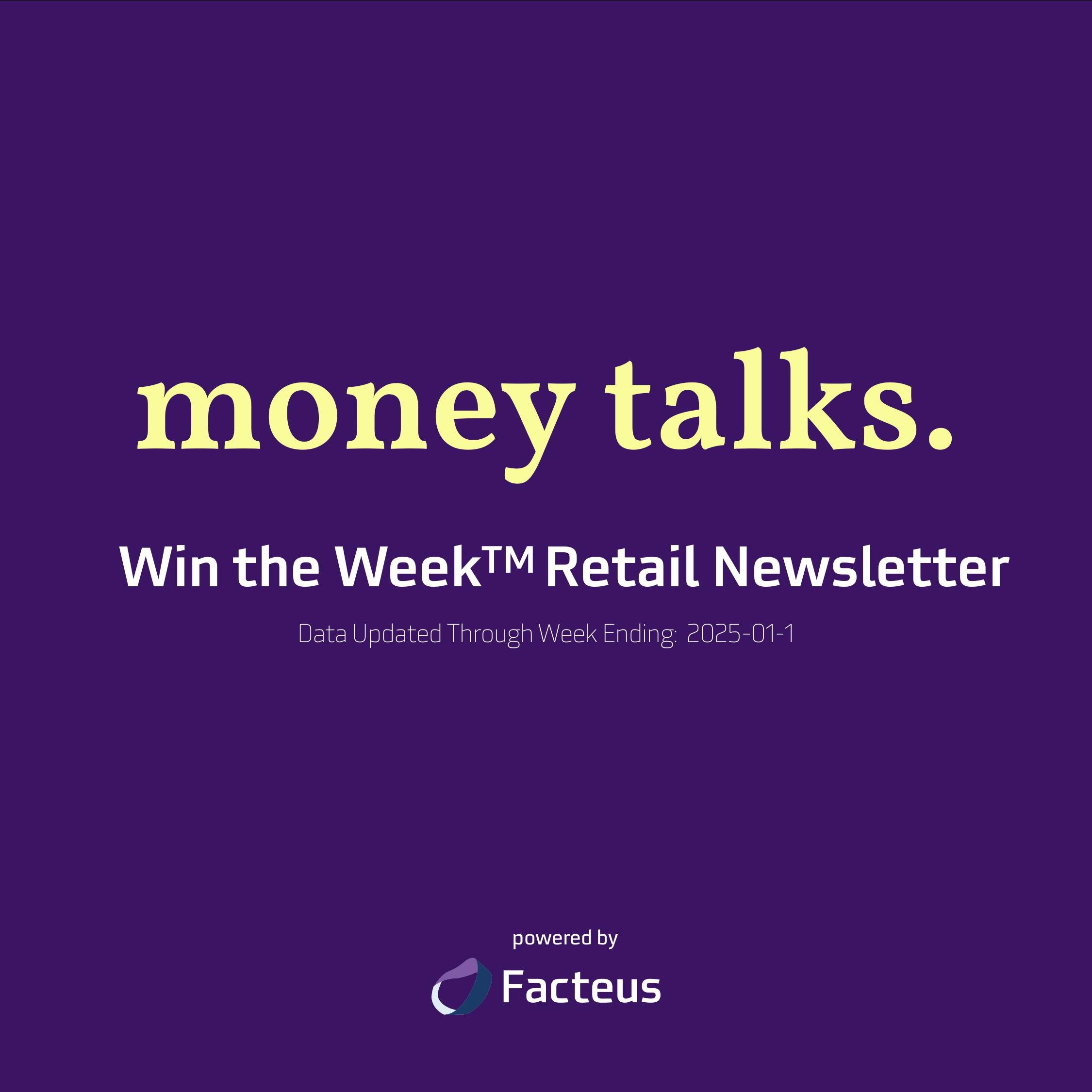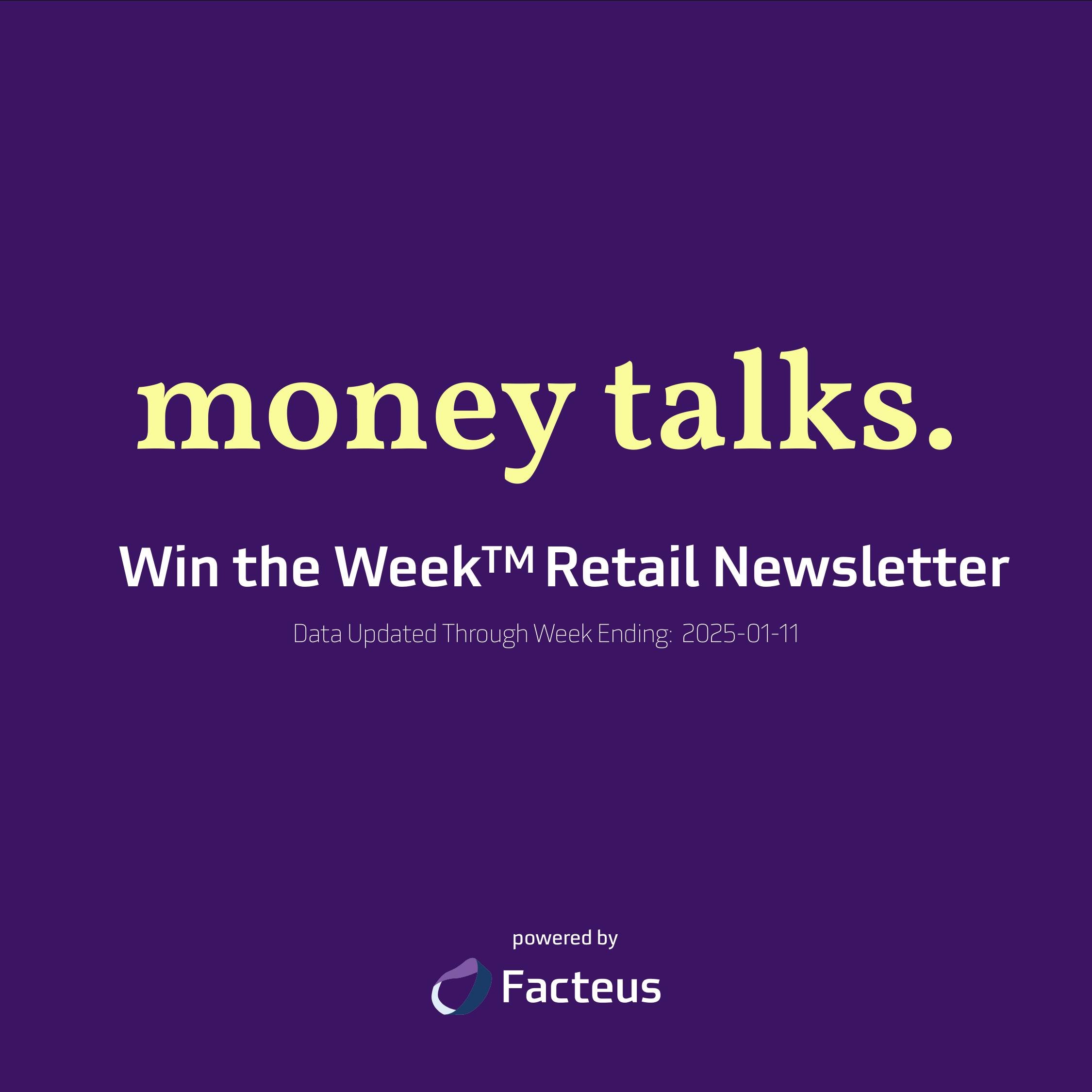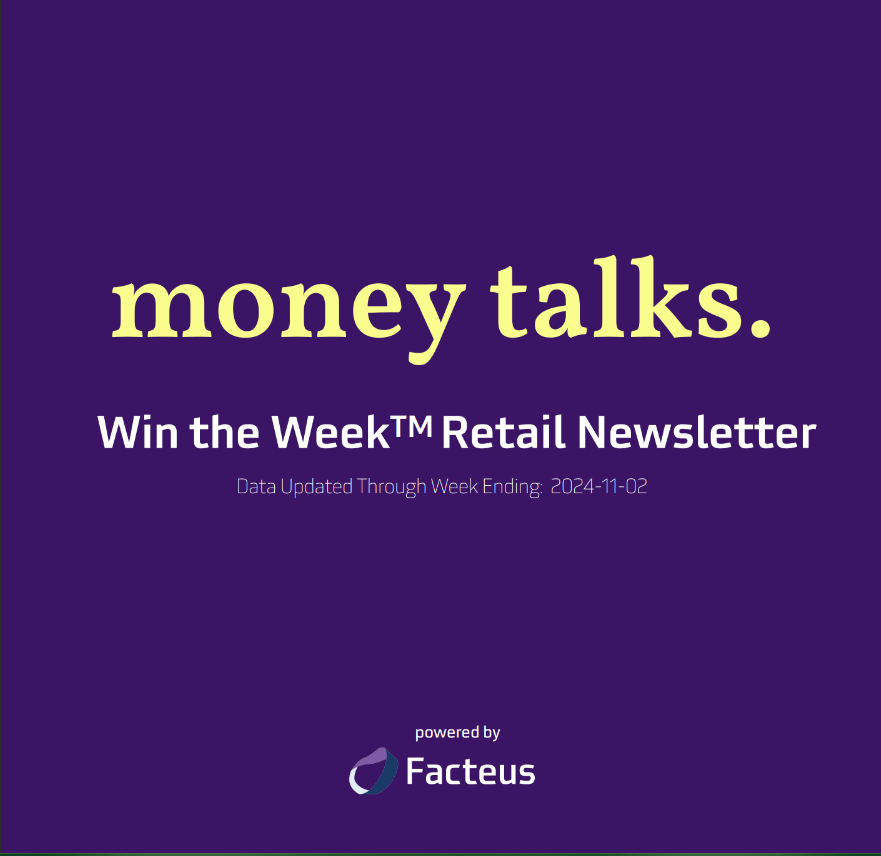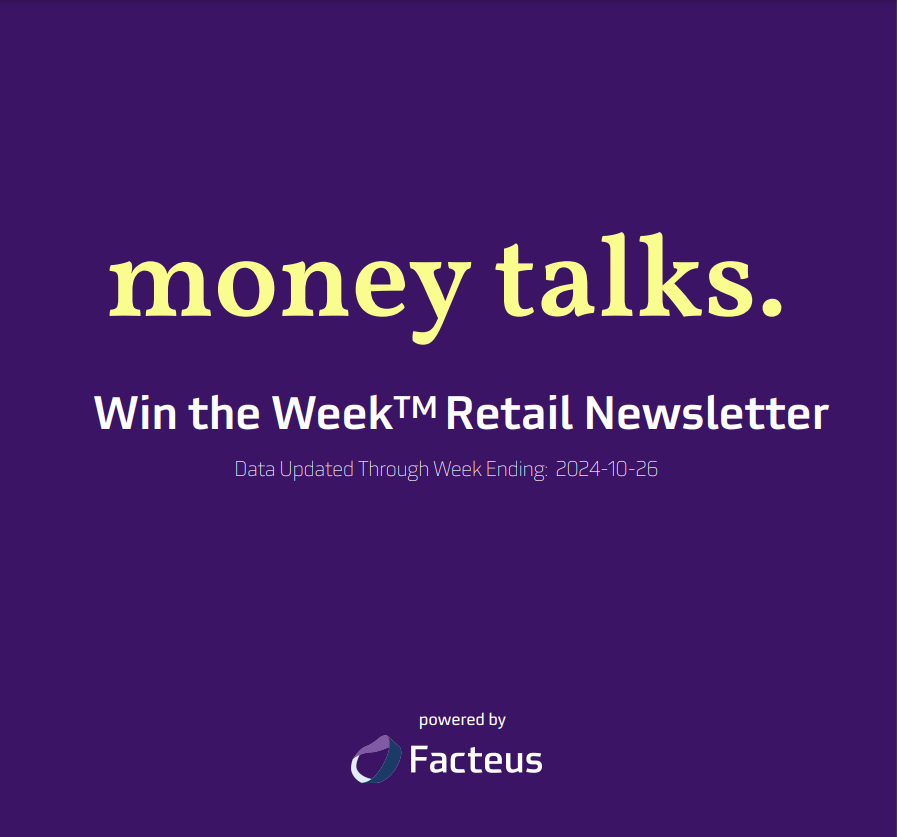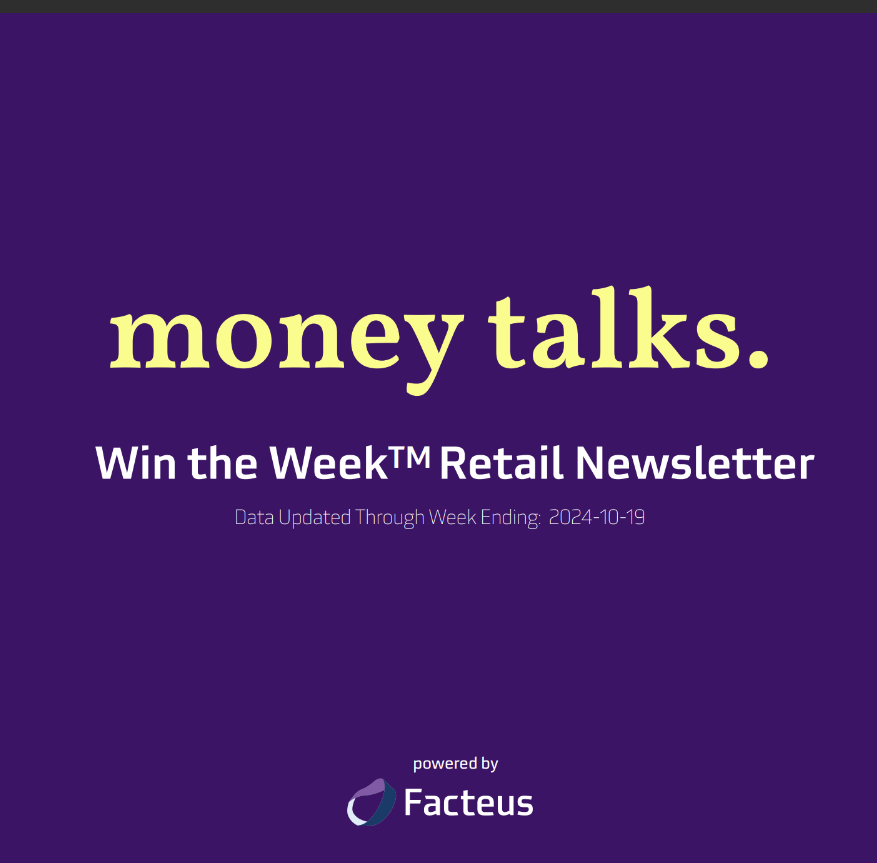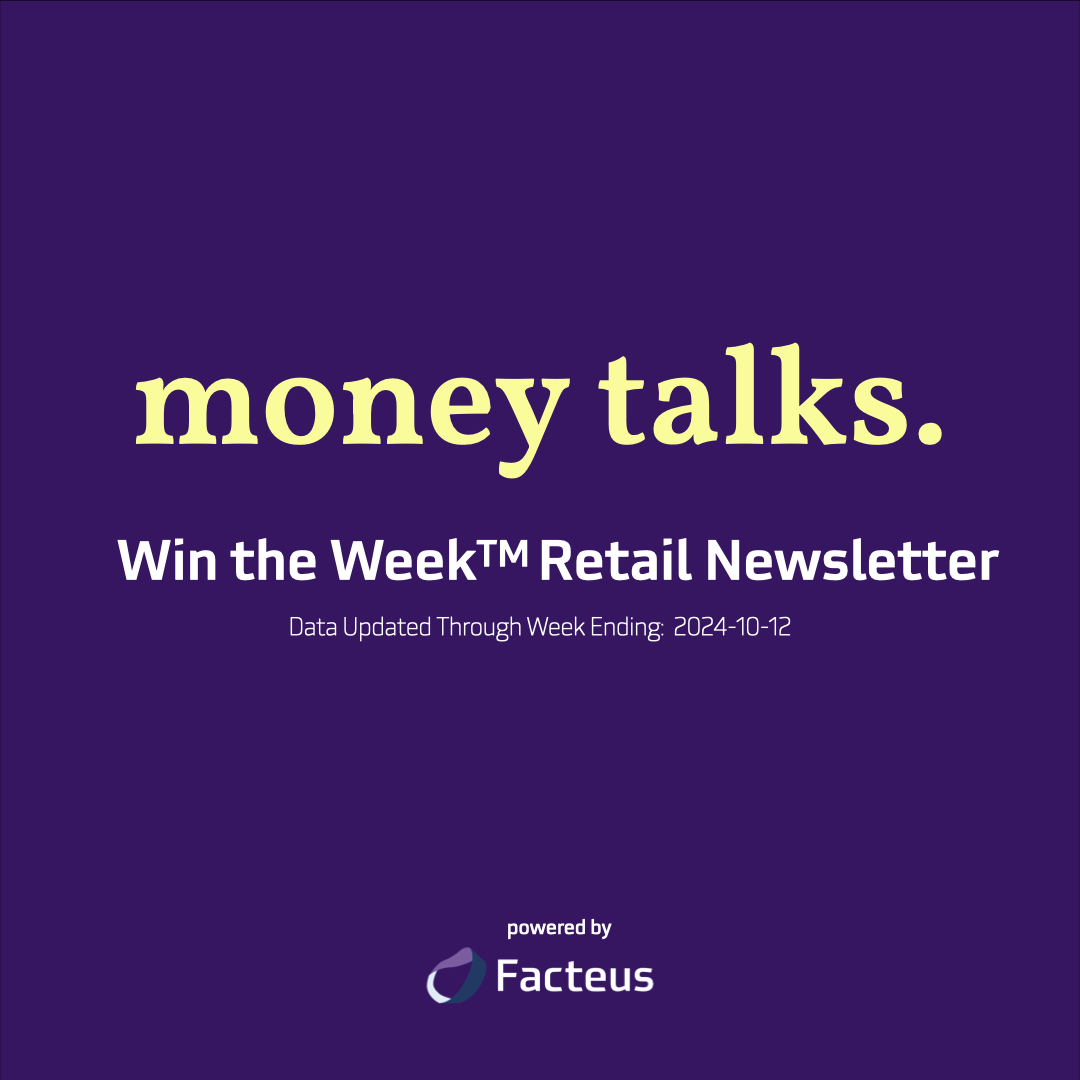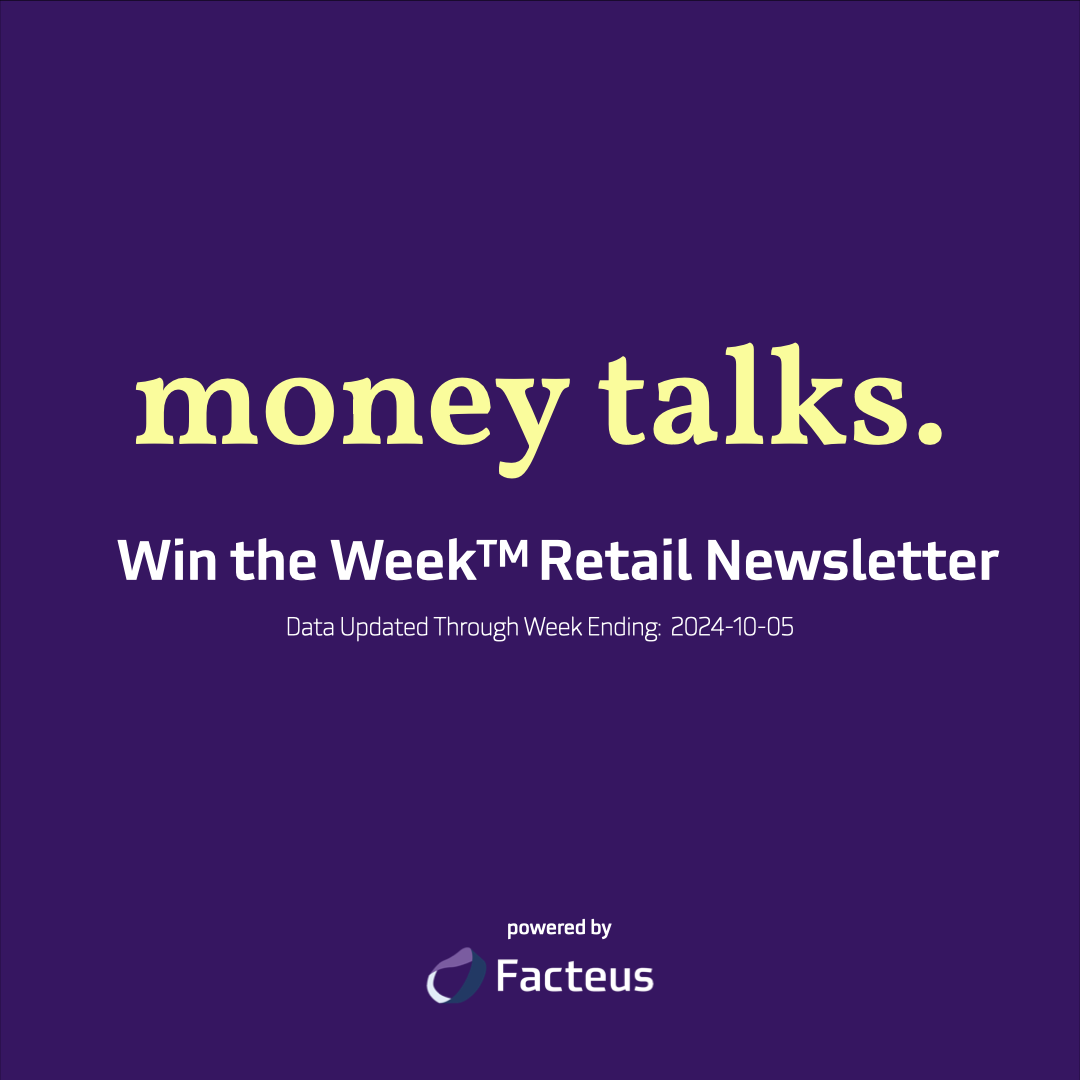Why Did Millennials Spend Less Over 2024 Amazon Prime Day?
Millennials weren’t inspired to shop over 2024 Amazon Prime Day, with fewer Millennial consumers spending less during this popular sales event, according to the latest Amazon Prime Day data. That’s remarkable because Millennial consumers usually show up ready to spend on Prime Day events — and they’ve historically spent more year after year up until 2024.
Unpacking what could be fueling this shift, the following looks at:
A Portrait of the Millennial Consumer
Millennial Spending on 2024 Prime Day
4 Reasons Millennials May Have Spent Less on 2024 Amazon Prime Da
To see how Millennial spend on Prime Day compared to Boomer, Gen X, and Gen Z spending, check out our analysis on Prime Day spending by generation in 2024.
A Portrait of the Millennial Consumer
Millennial shoppers are savvy, technologically proficient, budget-minded, and value-focused consumers who tend to prize:
Authenticity
Quality over quantity
Social proof from real people (including influencers), rather than celebrities
Convenience and ease of the shopping experience, including straightforward options for online chatting, in-app purchases, and returns if needed
Often juggling debt, new careers, and growing families, Millennial consumers contribute to roughly a quarter of all retail spending, making them key not just to Amazon’s bottom line but to increasing revenues for most retailers across the board.
Millennial Spending on 2024 Prime Day
Millennial shoppers spent ~$78.4 million on 2024 Prime Day. Although that made Millennials the second highest spenders (by generation) over this sales event, this group spent ~1.3% less than they did over 2023 Prime Day.
Notably, the average Millennial ticket totaled nearly $93, which was roughly on par with the average ticket for Gen X consumers.
Given that Millennials were the only generation to spend less on 2024 Prime Day, many retail industry experts are now searching for answers, looking to understand:
What’s behind this shift
How to attract and retain Millennial shoppers
Any available opportunities to leverage this shift for maximum benefit.
4 Reasons Millennials May Have Spent Less on 2024 Amazon Prime Day
Millennial consumers may have skipped Prime Day deals in 2024 for multiple reasons, including those below.
1. Debt Squeeze
Student loan payments have resumed for many Millennials, putting an unavoidable drain on disposal income. This generation also tends to be underemployed or in entry-level career positions, with earning potential but not necessarily large take-home salaries to work with.
That can make the pressures of both inflation and debt particularly heavy for Millennial consumers, and those pressures could have held these consumers back from spending more on Amazon Prime Day 2024.
2. Savings
Buying a home is a goal for many Millennials, making savings a priority. That means Millennial shoppers tend to be especially discerning in how and when they spend — and that:
They’re willing to shell out money for quality, as well as products and brands they believe in.
They do their research, reading reviews and checking out competitor offerings to make informed shopping decisions.
Amazon Prime Day deals in 2024 may simply have not “fit the bill” for many Millennial shoppers.
3. Experiences Over Possessions
Millennial consumers typically prize experiences over products and possessions, splurging on vacations, activities, and events while being much more cautious in how they spend on products.
During the summer when many Millennials may be vacation-minded, they could be earmarking more of their cash for summer trips, not discounted products that could go on sale again later this year.
4. The Competition
While Millennial Prime Day spending dropped in 2024, these consumers did not pull back their spending with other retailers. Effectively, that means that Millennials may have found better deals at competitors like Walmart, Target, and Temu. This also highlights the possibilities that:
Millennials were more loyal to other brands and companies due to their customer rewards programs.
Millennial consumers shopped around and found better deals (or alternatives) at competing retailers.
Retailer Takeaways
Connecting the dots and analyzing the latest data more deeply can show retailers how some of the most responsive shoppers are reacting to the current economic climate — and what’s repelling versus attracting them when it’s time to make a purchase.
As retailers plan year-end sales events, taking the latest Prime Day data into consideration can empower more insightful decisions for sharper competitive edges.
About Facteus
Facteus is a trusted retail transaction data provider, recognized nationally for extraordinary data sets, innovative data tools, and excellence in the alternative data industry.
With turnkey solutions to fuel better decisions in real-time, Facteus turbocharges retailer strategies, consumer insights, and competitor intelligence across several sectors via SKU-level data, CPG data, debit and credit card transaction data, and so much more.
That’s why more retailers, investors, and others rely on Facteus data when it’s time for next-level insights, better data, and unprecedented growth.







